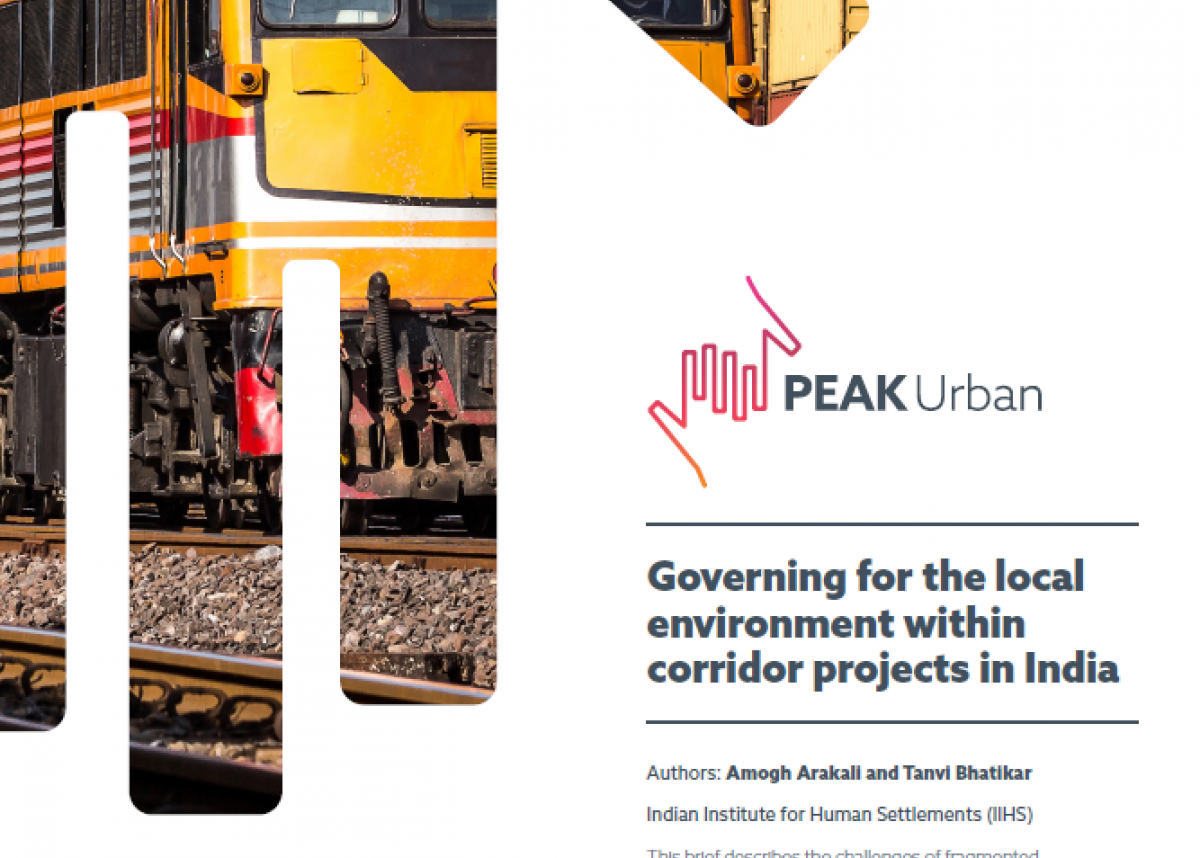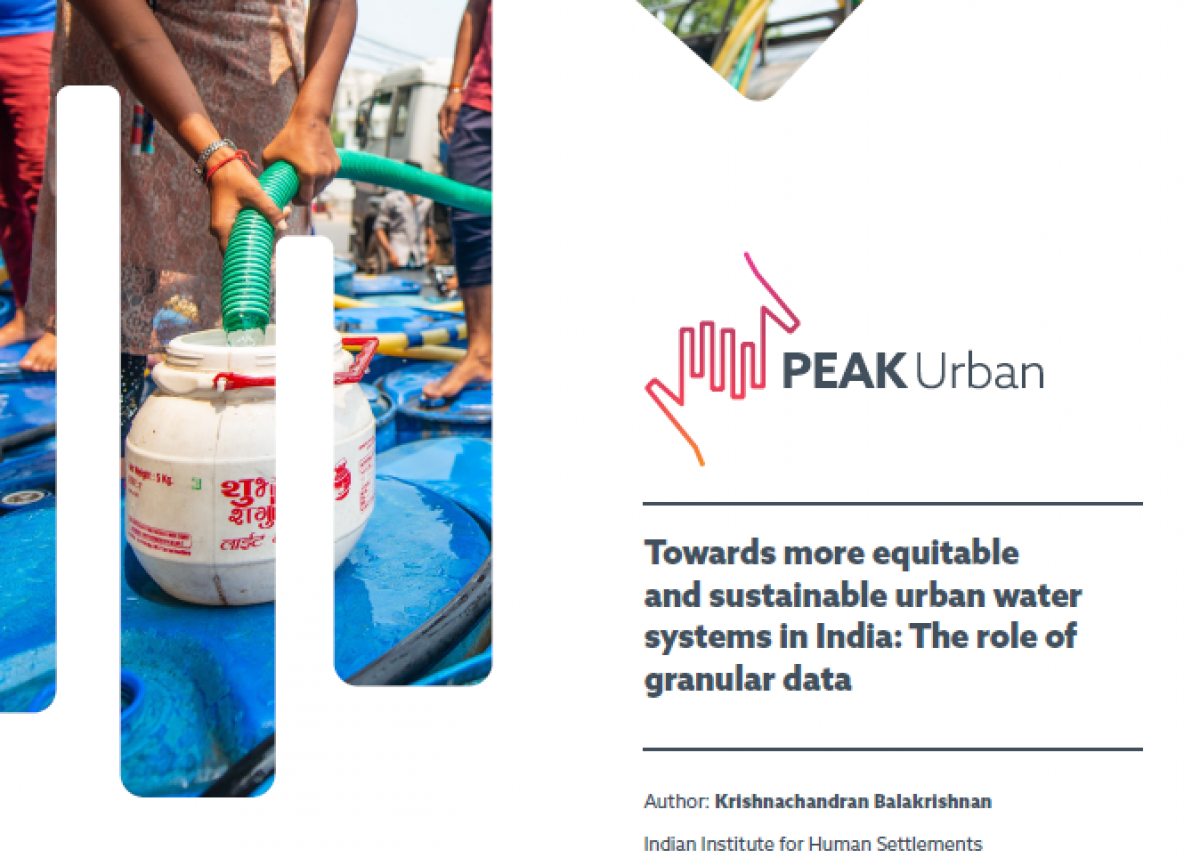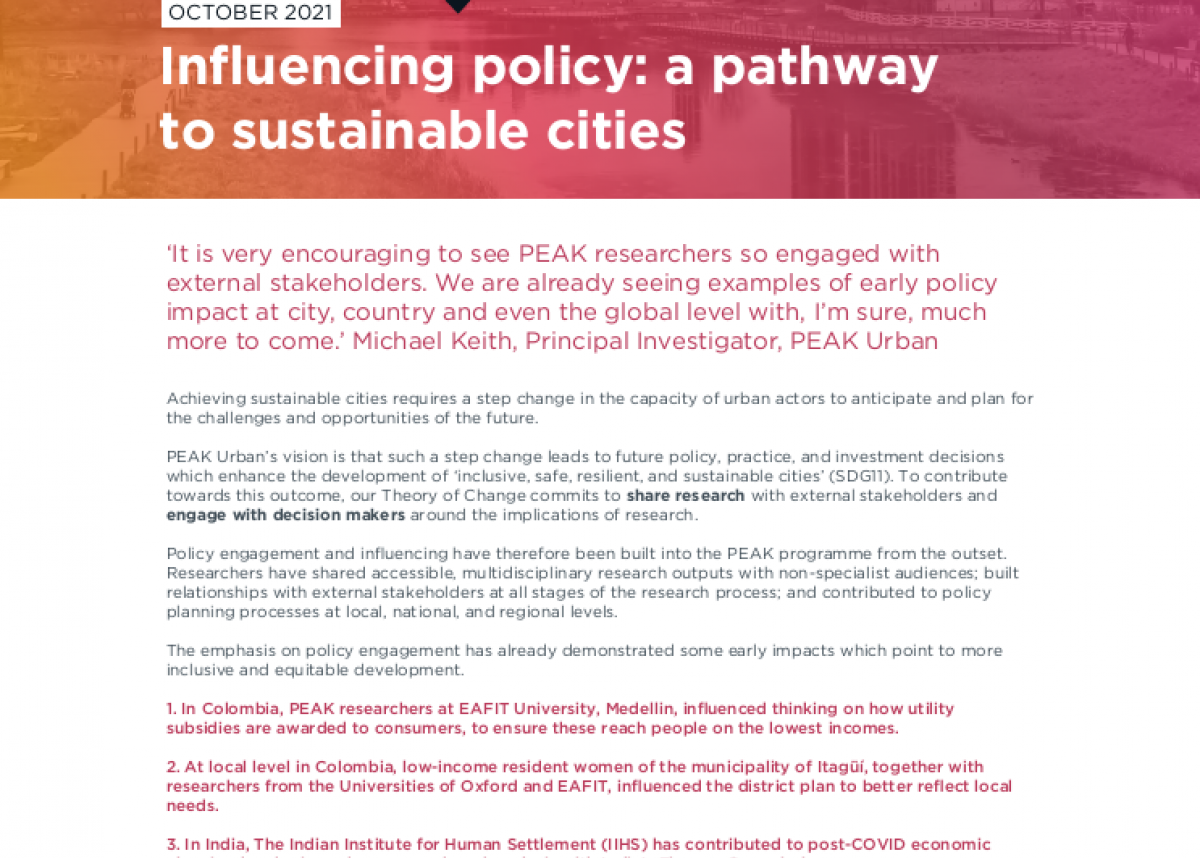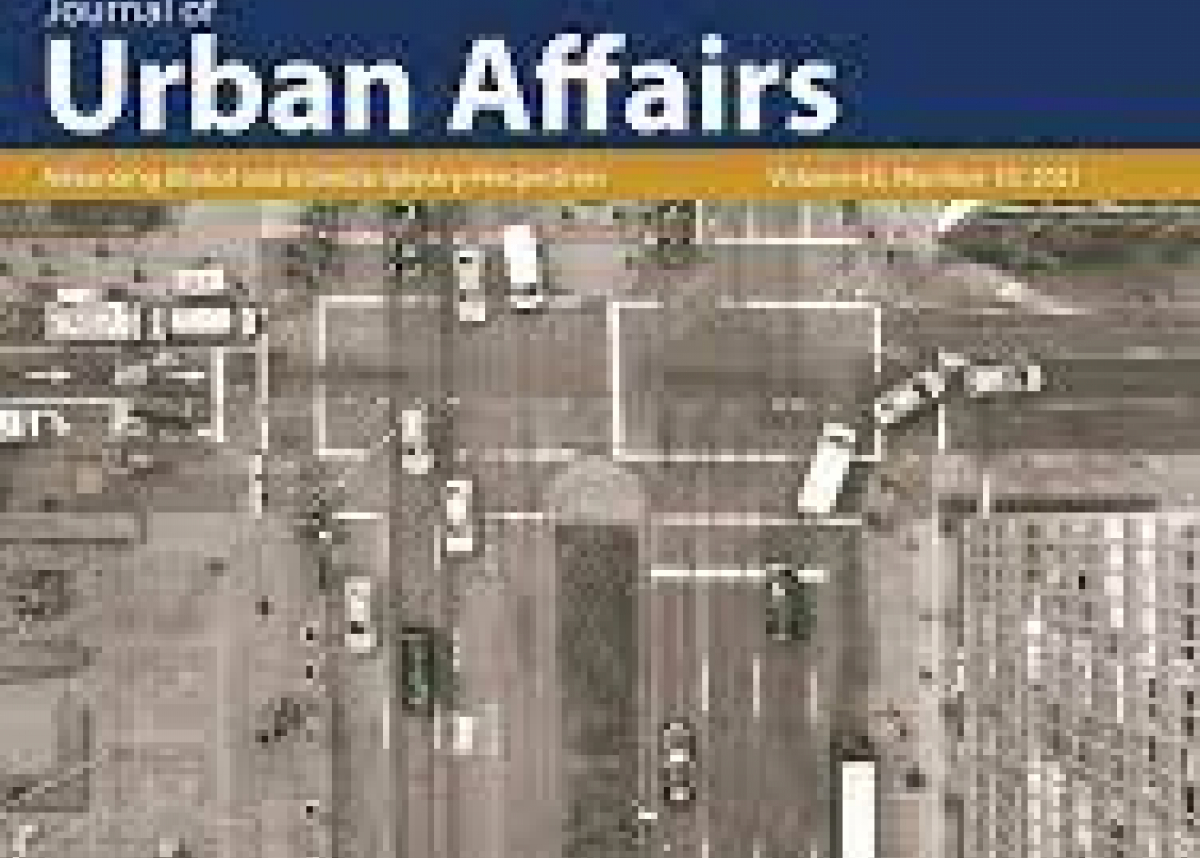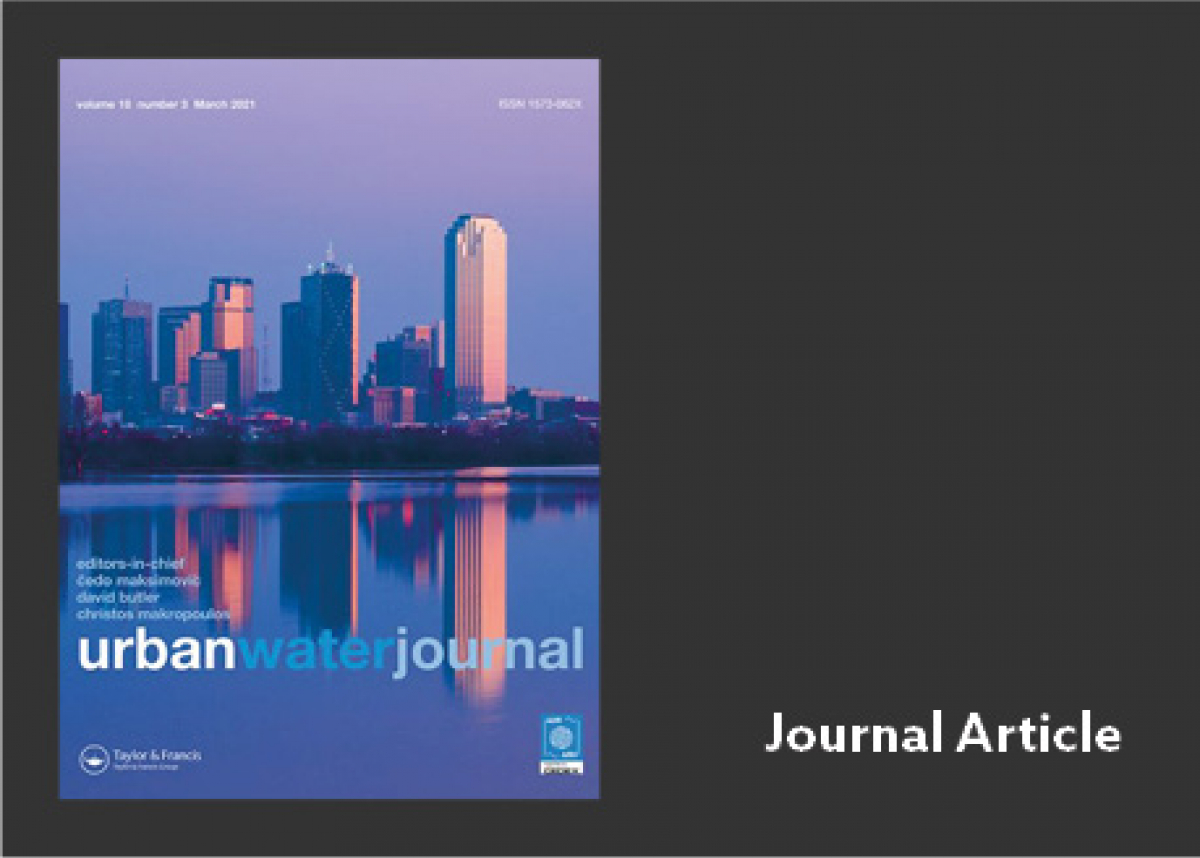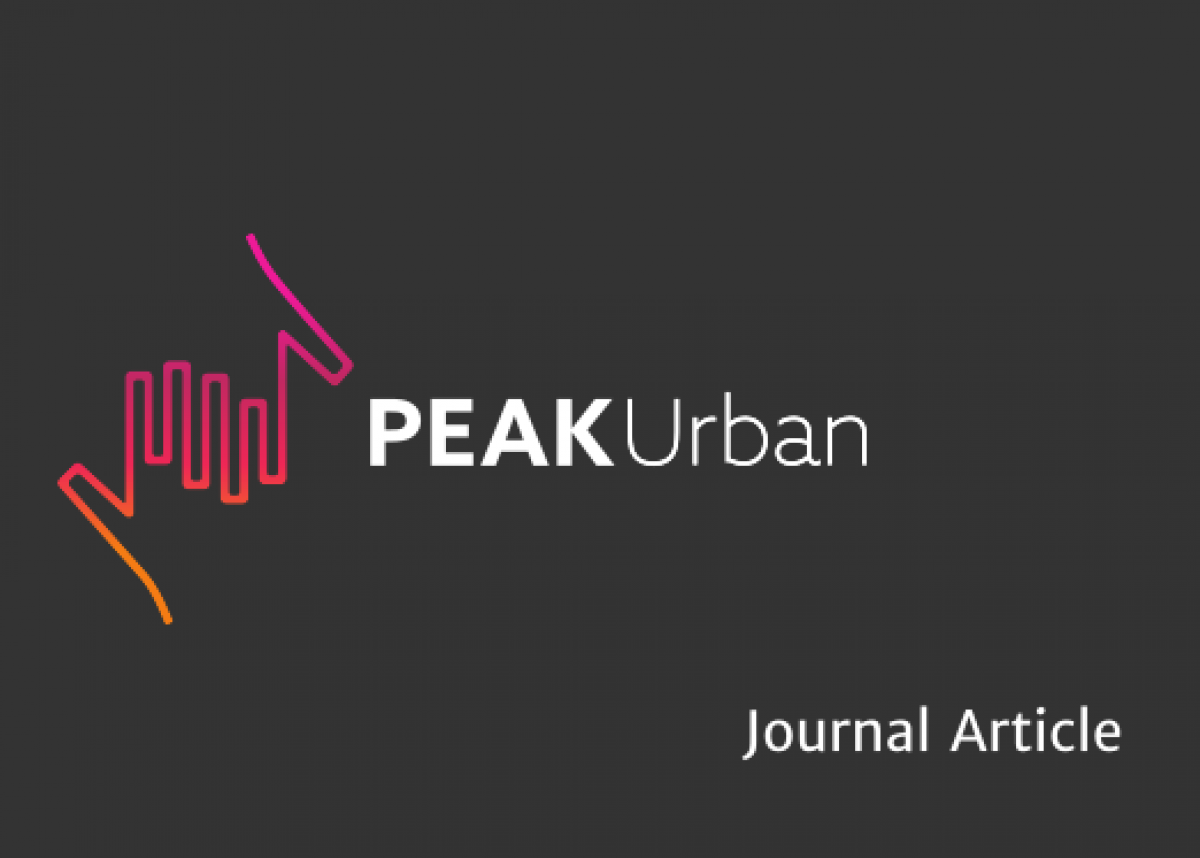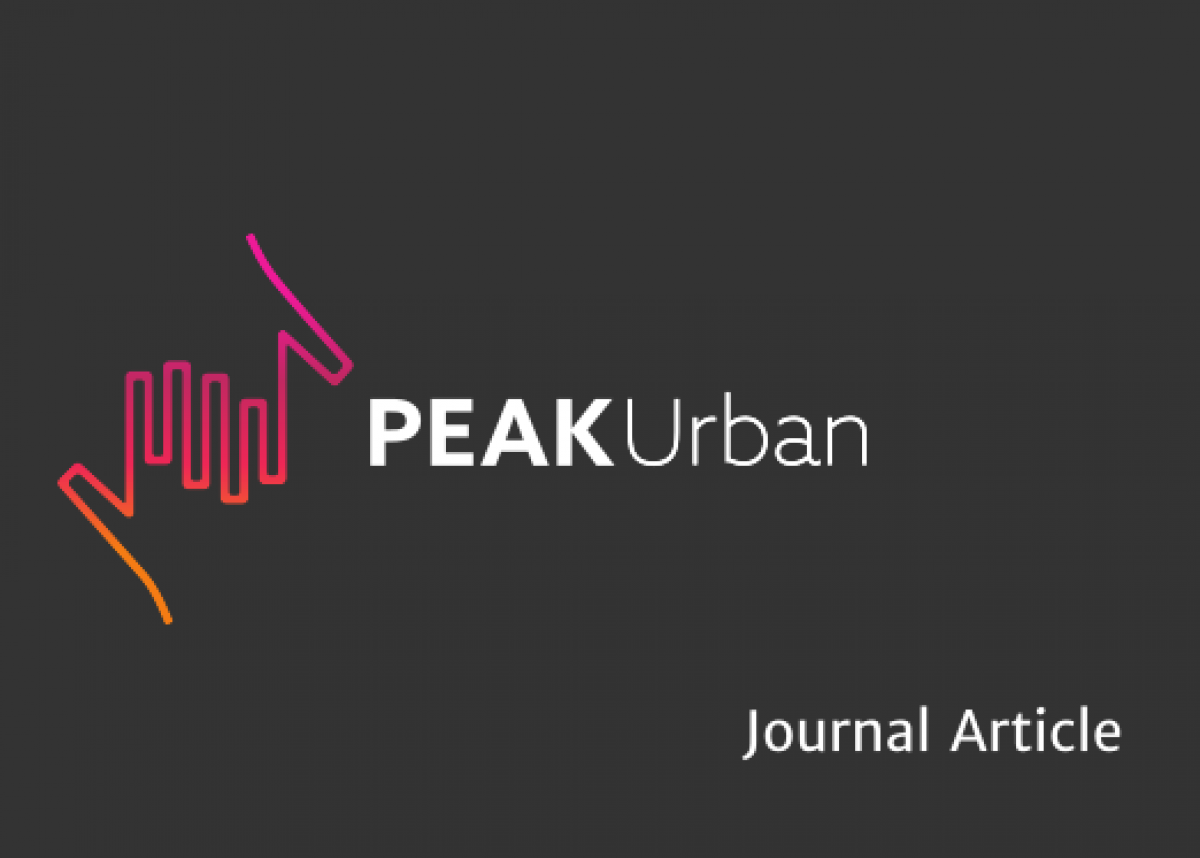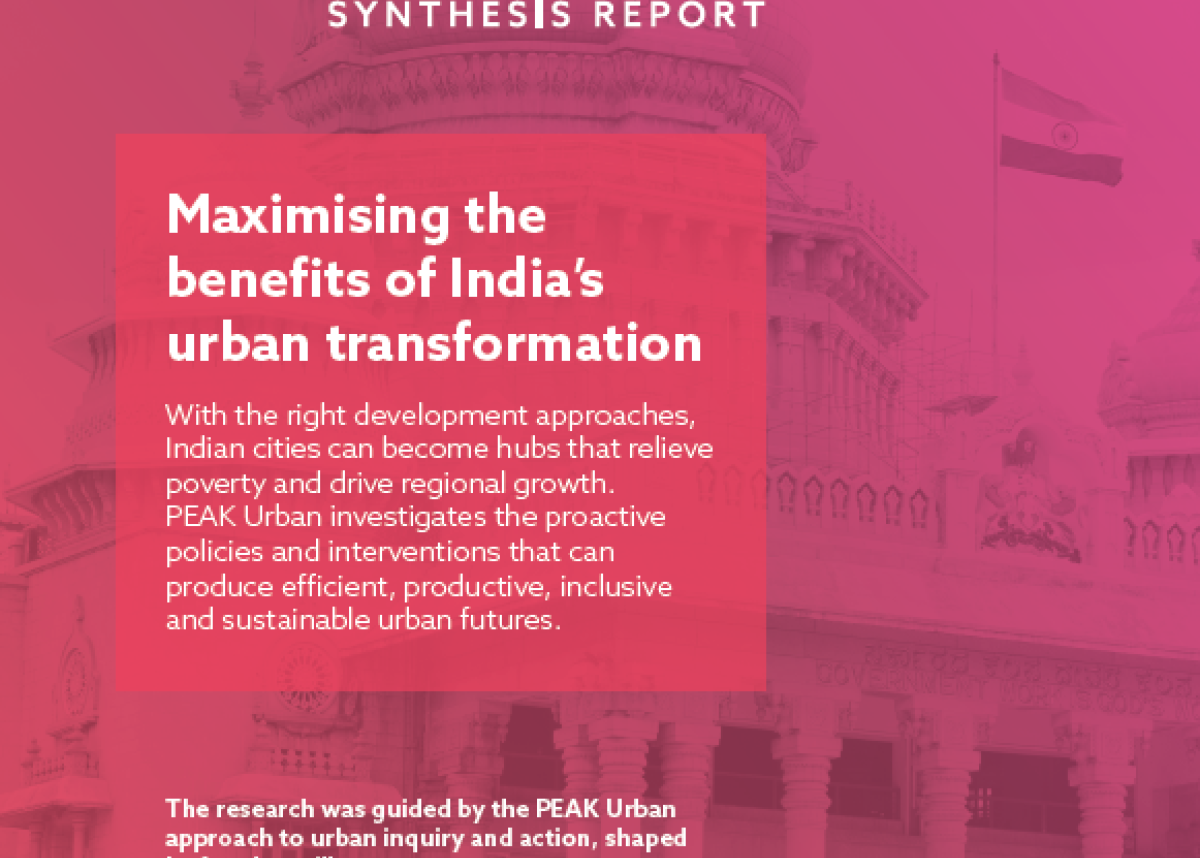
An open-source tool to extract natural continuity and hierarchy of urban street networks
Urban streets exhibit a hierarchical structure. From a network analysis perspective, continuity of streets based on the interior angle between street segments can be used to define ‘natural streets’ or ‘strokes’. The length of these ‘strokes’ can then be used to generate a hierarchy of street network. While researchers have described methods for defining such strokes and released tools that enable such analysis, the existing tools are dependent on proprietary applications and only an outline of the algorithm is available in the literature.
This paper addresses these limitations and advances past approaches by (a) describing an efficient algorithm ‘COINS’ for conducting street continuity and hierarchy analysis and (b) releasing the python script and QGIS plugin which will enable users to implement this analysis independent of proprietary software and enable automation to process multiple datasets.
The paper demonstrates the application of this tool using street network data from OpenStreetMap for 10 Indian cities and two international ones. Results indicate that our algorithm can detect the skeletal structure of a city which is visually very similar to the OpenStreetMap user-generated hierarchy, both at the city level and at the neighbourhood level.
Analysing the results from 10 Indian cities using log–log plots of stroke length and stroke rank, we find that the strokes appear to follow Zipf’s law, but only in the mid-range of stroke lengths. Consistent with existing literature, we see that in our sample of Indian cities also there is a strong deviation from Zipf’s law for strokes that are approximately 100 m or lower.

